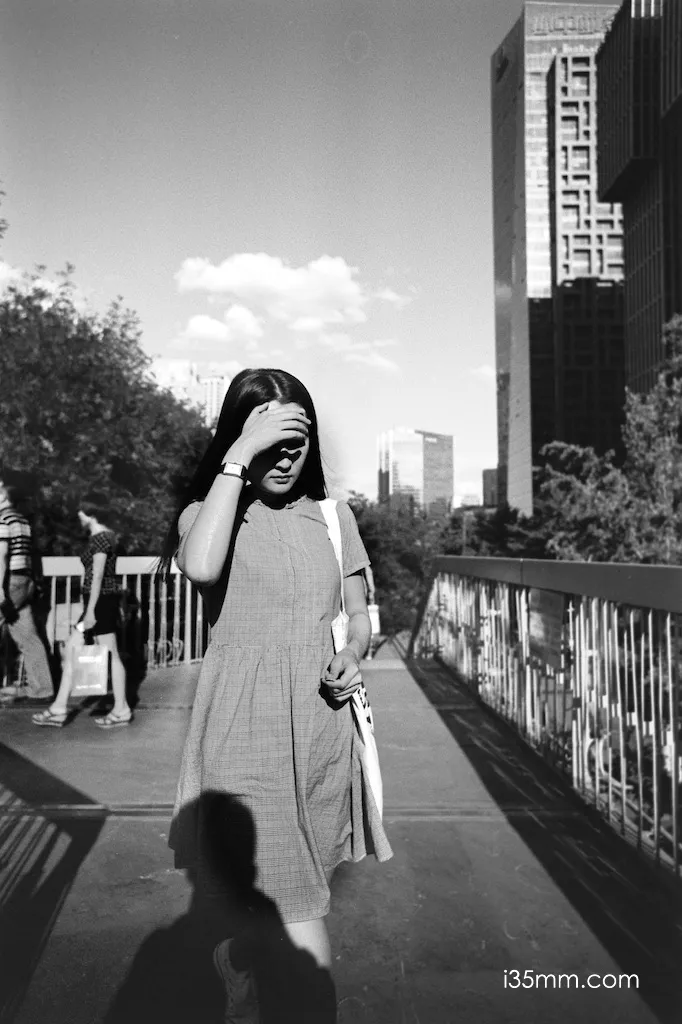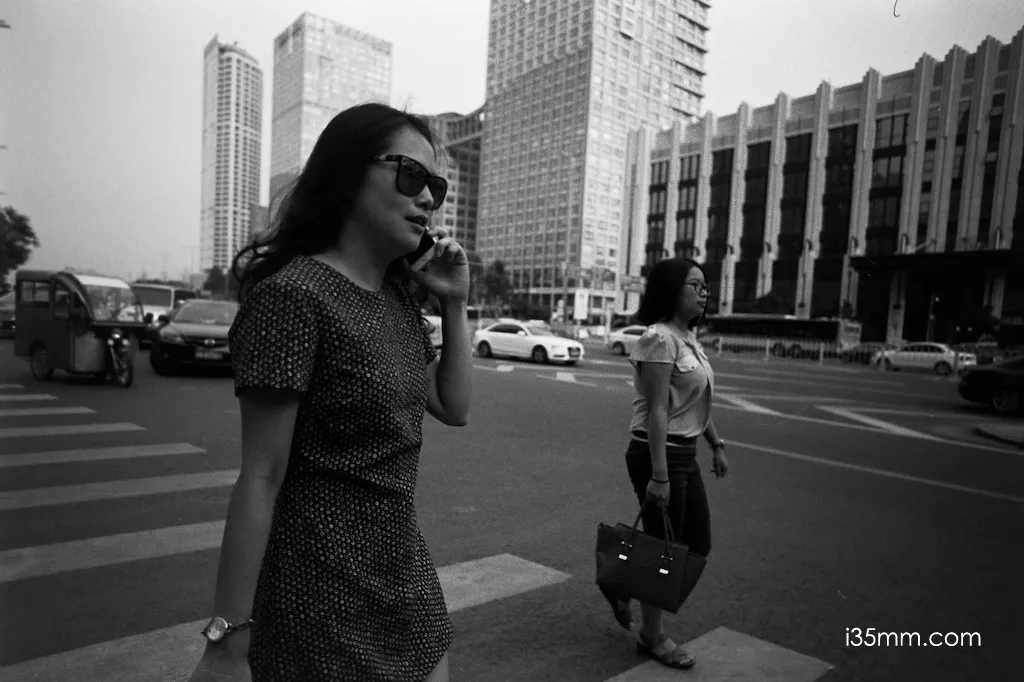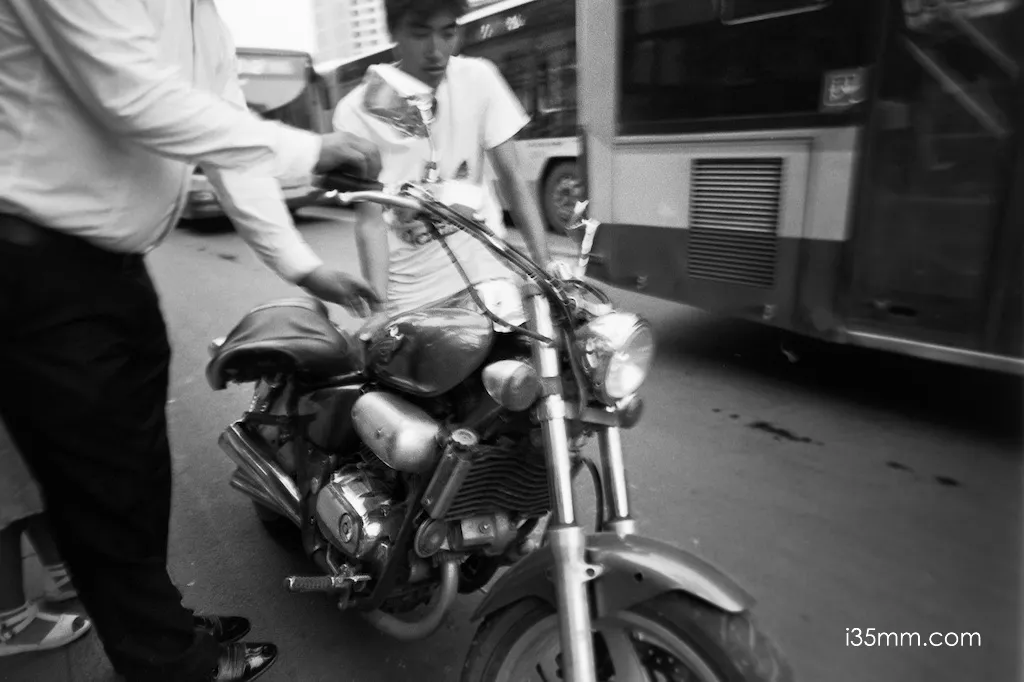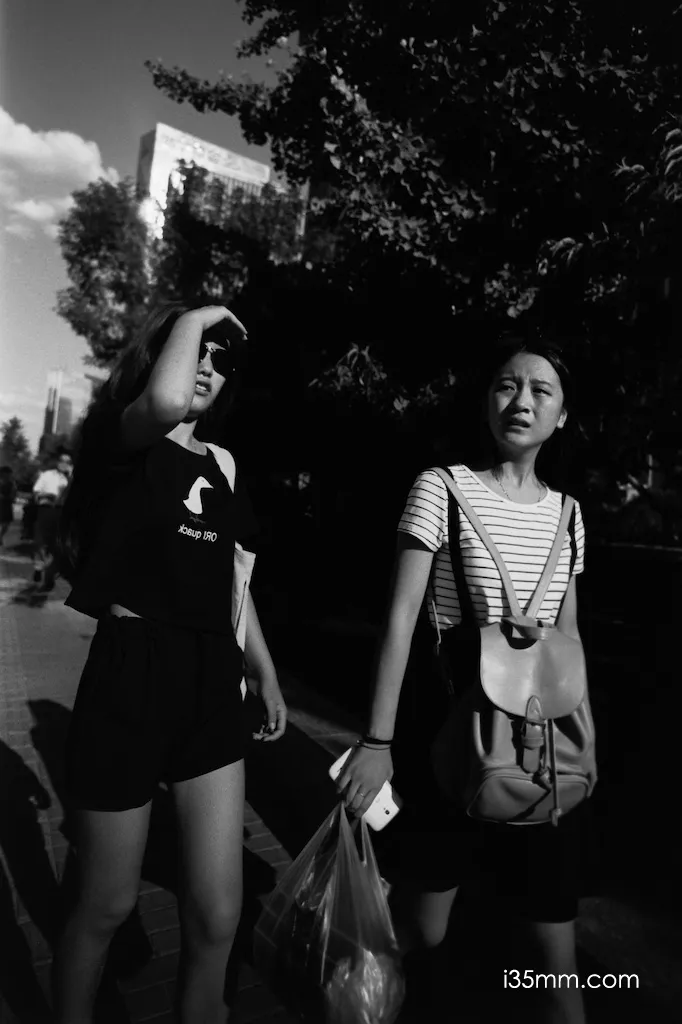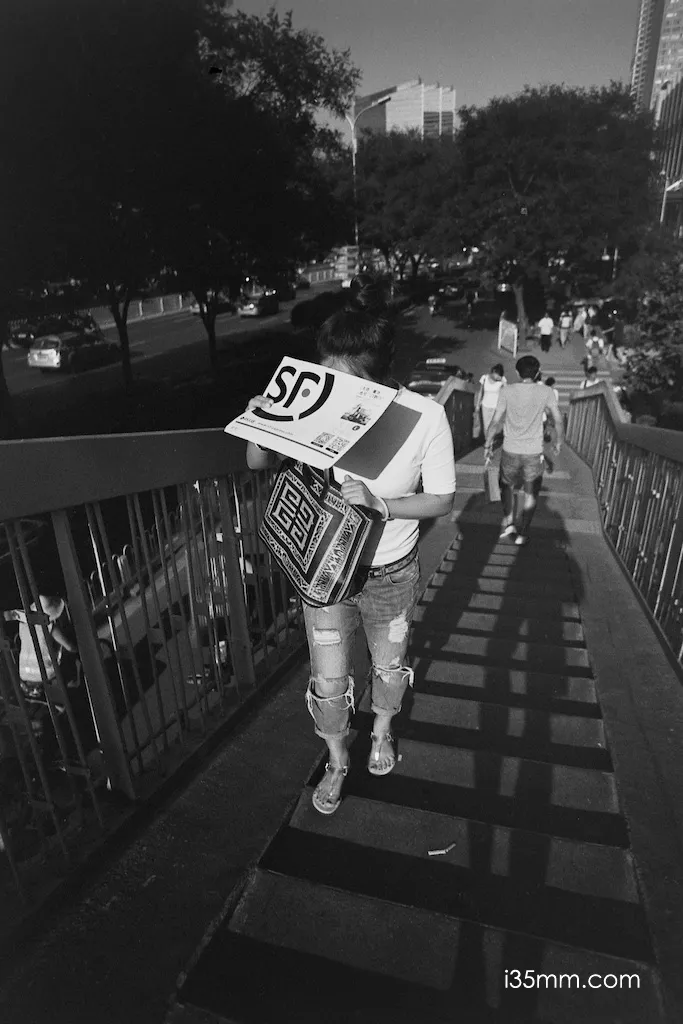
The Leica Super-Angulon 21mm design was originally developed by Schneider and later brought to Leitz. It can focus very close (0.4m), which is remarkable for a Leica M lens, and produces a bokeh. This lens is exceptionally sharp and produces beautiful images. Using a Super Angulon lens can instantly turn any photographer into Jeanloup Sieff.
Not suitable for landscapes
In general, 21mm lenses can shoot a wide range of subjects and require a certain level of photographic skill, otherwise it’s easy to produce untidy work.
I don’t think this 21mm lens is suitable for architecture and landscape photography. On the contrary, it is very interesting for close-ups and portraits. Compared to “normal” lenses, you can make people appear taller and more impressive with this lens, and with this type of shadow, it will make them appear three-dimensional.
Digital Leica compatibility
This lens is compatible with Leica M digital cameras. However, there may be problems with color shift around edges and corners. This lens is also prone to flare on digital cameras and may be overexposed on the Leica M8 and M9. Despite these problems, this lens still produces beautiful photos, especially when converting color photos to black and white.
F4.0 vs F3.4
The optical quality of the f/3.4 Super-Angulon lens surpasses that of the f/4.0 version.
Voigtlander 21mm
The Voigtlander 21mm lens is a more affordable option than the Leica Super-Angulon. However, some Voigtlander users may eventually be tempted by the classic design and nostalgic attraction of the Super-Angulon lens.
more
Filter: 48mm UV, VII. Hood: 12501 Front cover: 14102 Rear cover: 14042 Stock: less than 6000. Focus lever: metal crescent focus lever. Minimum focusing distance: 0.4m
